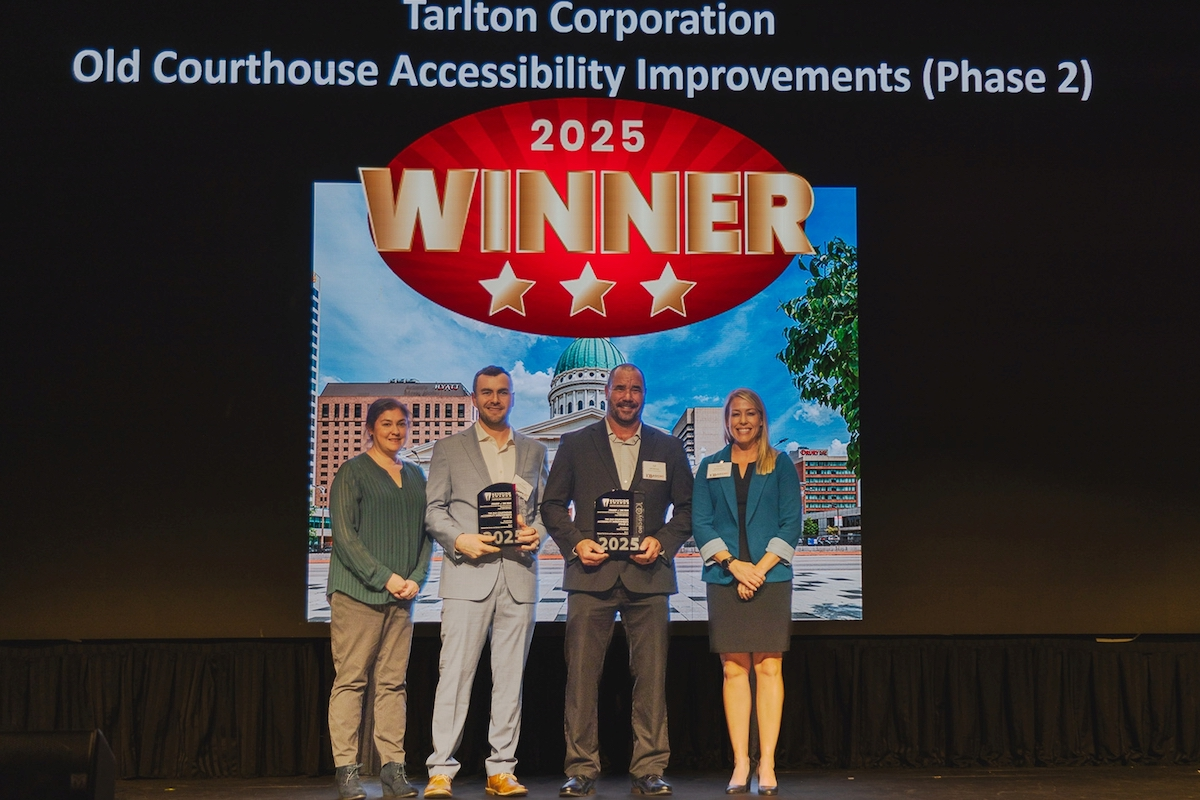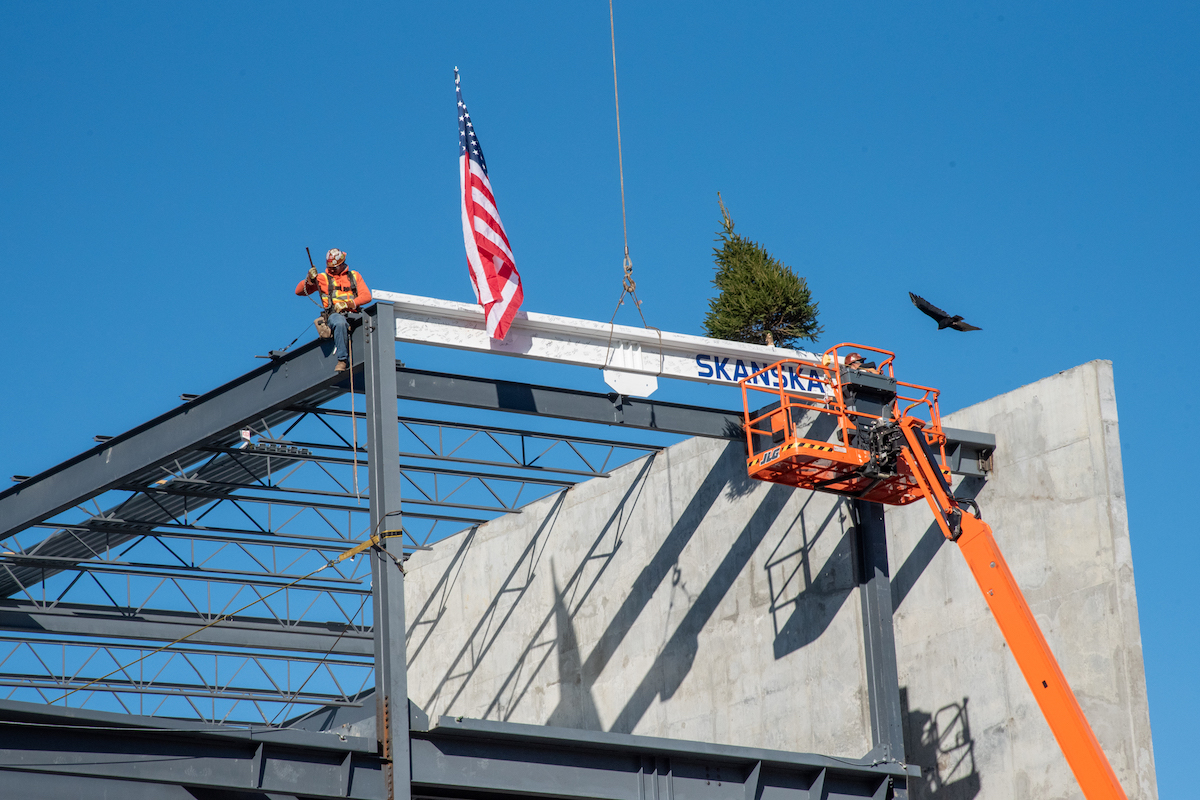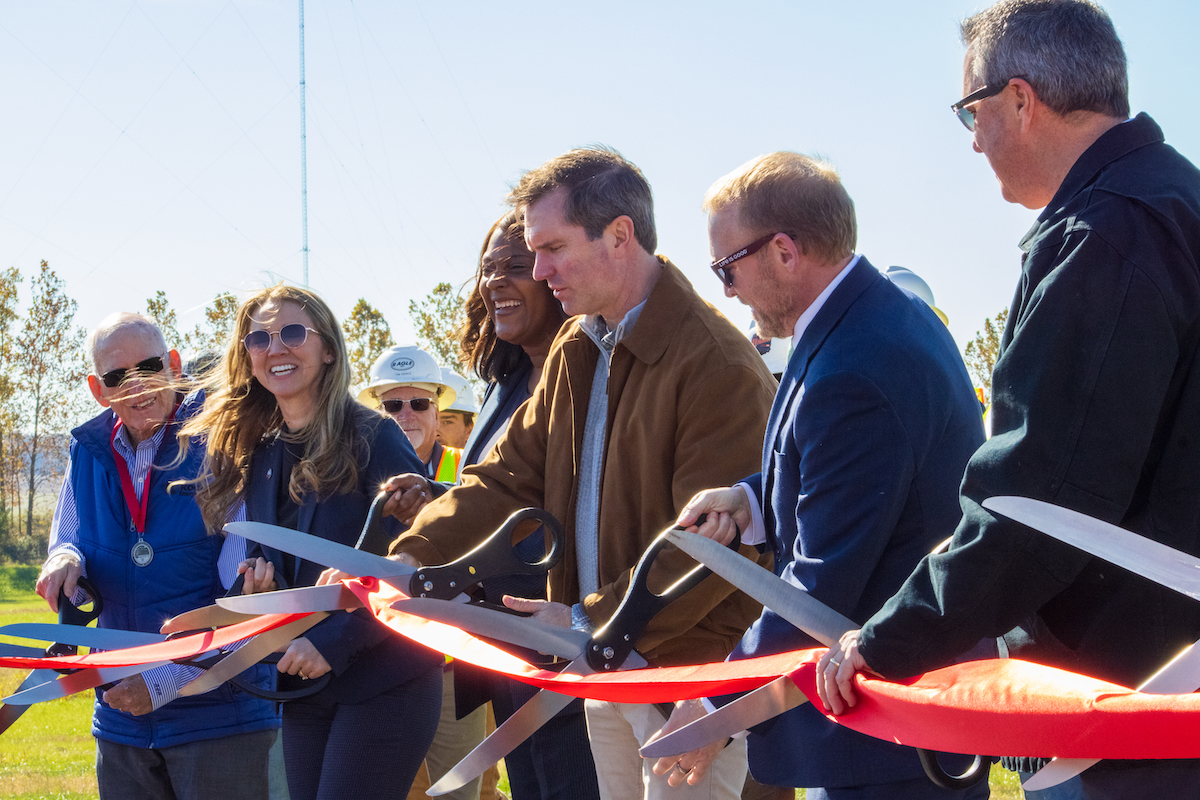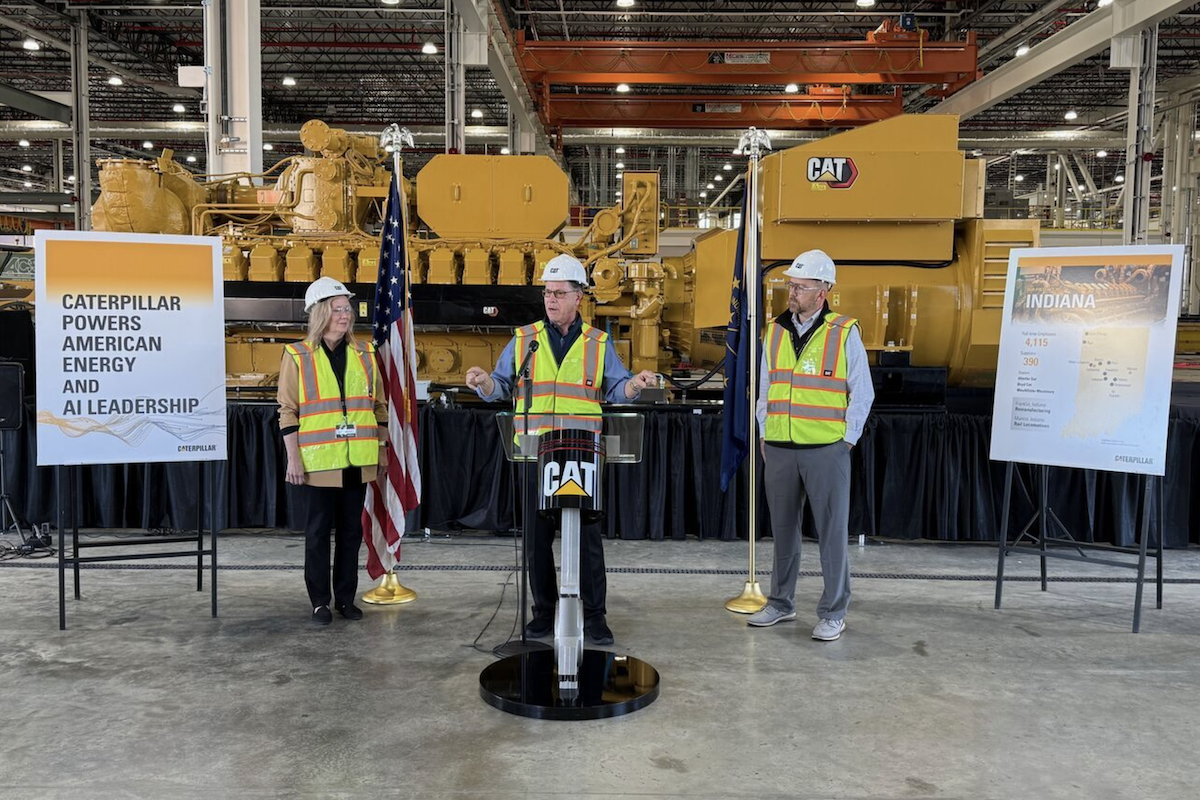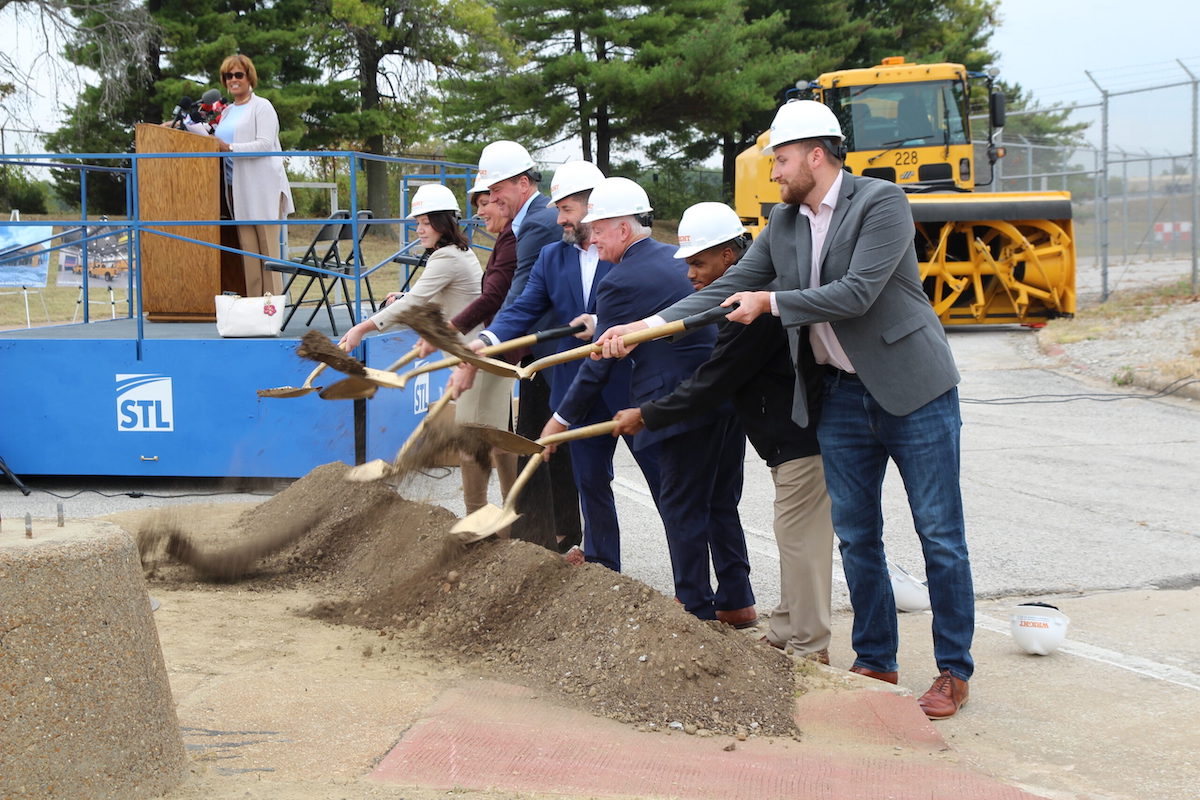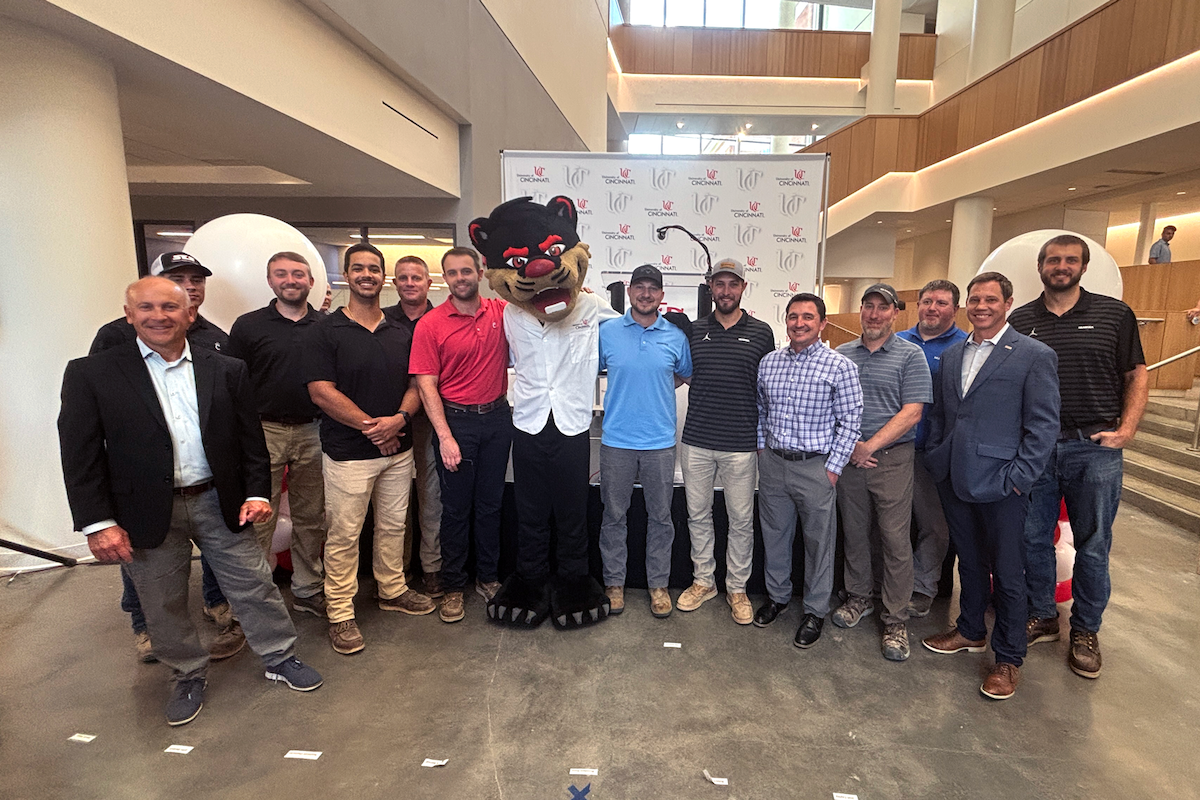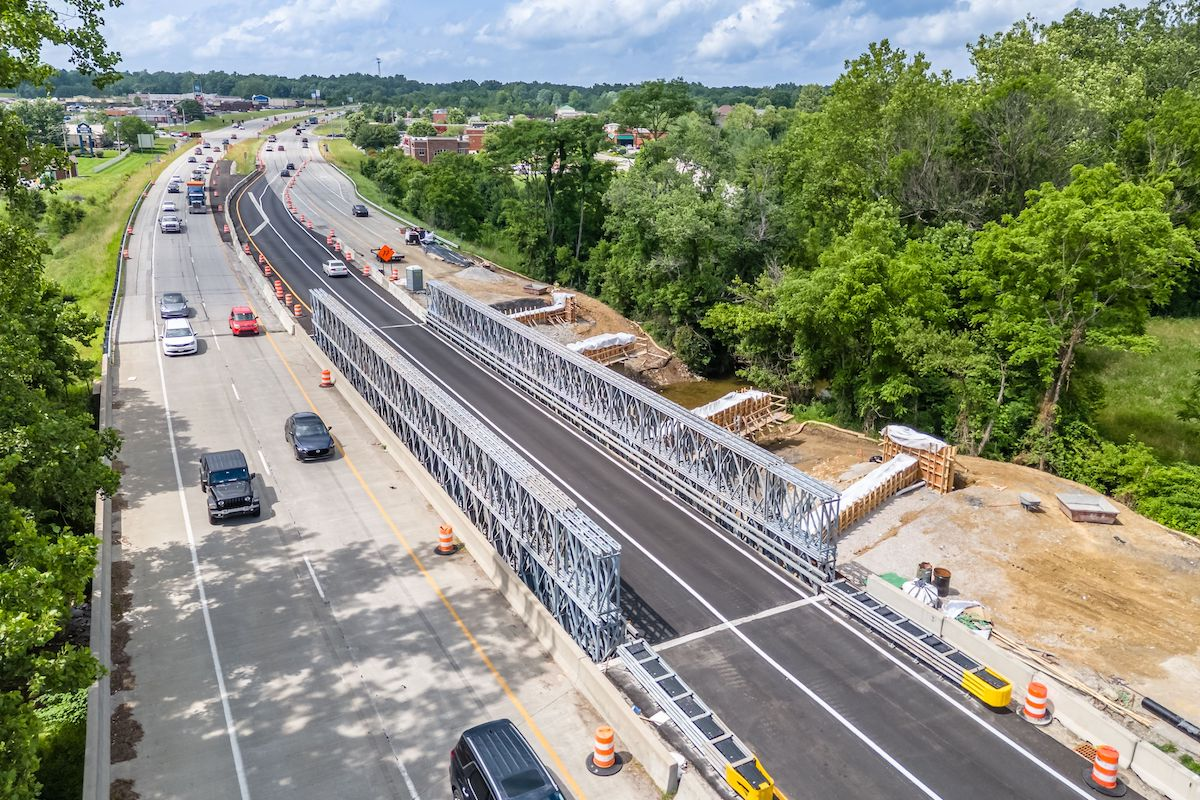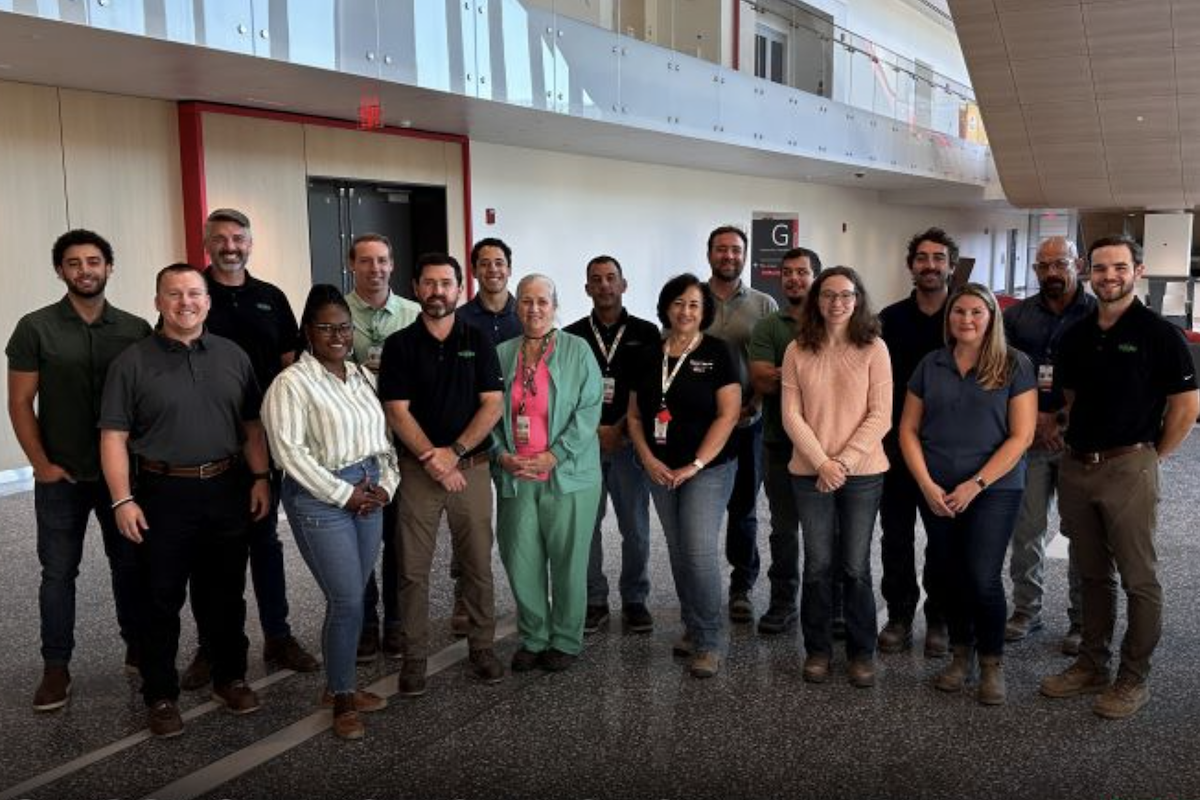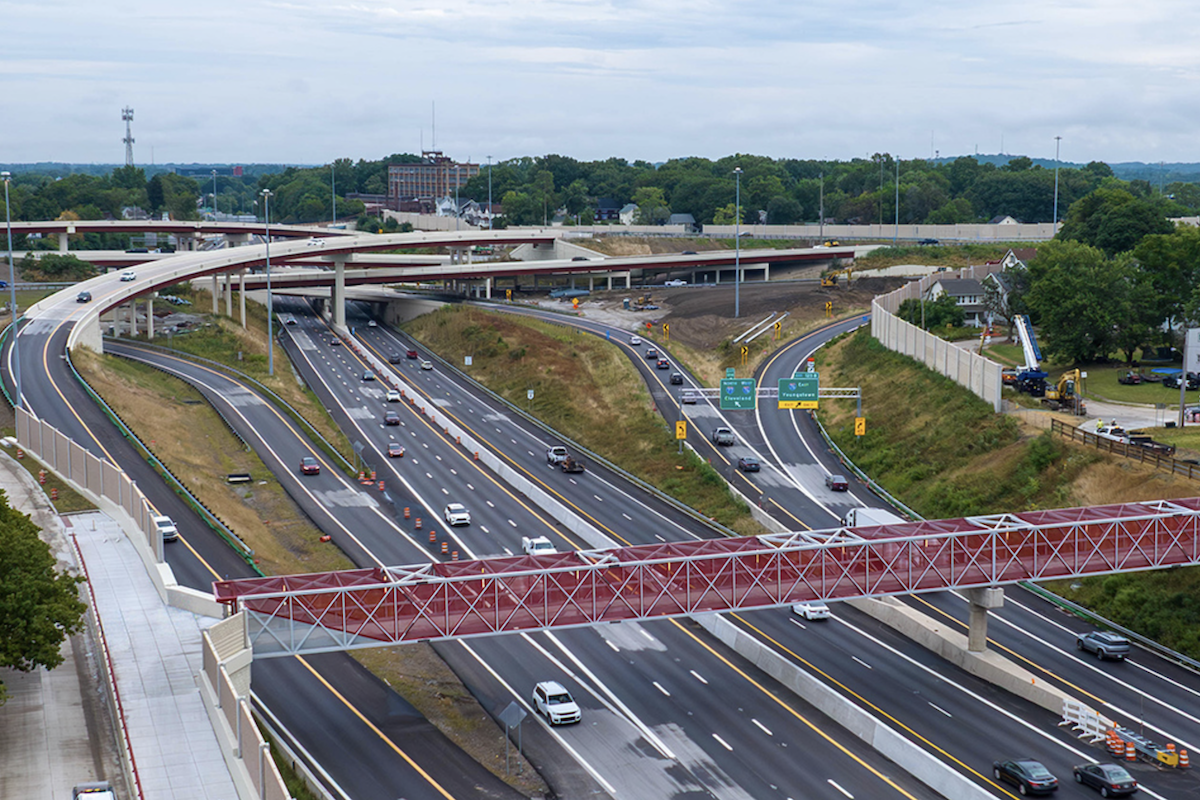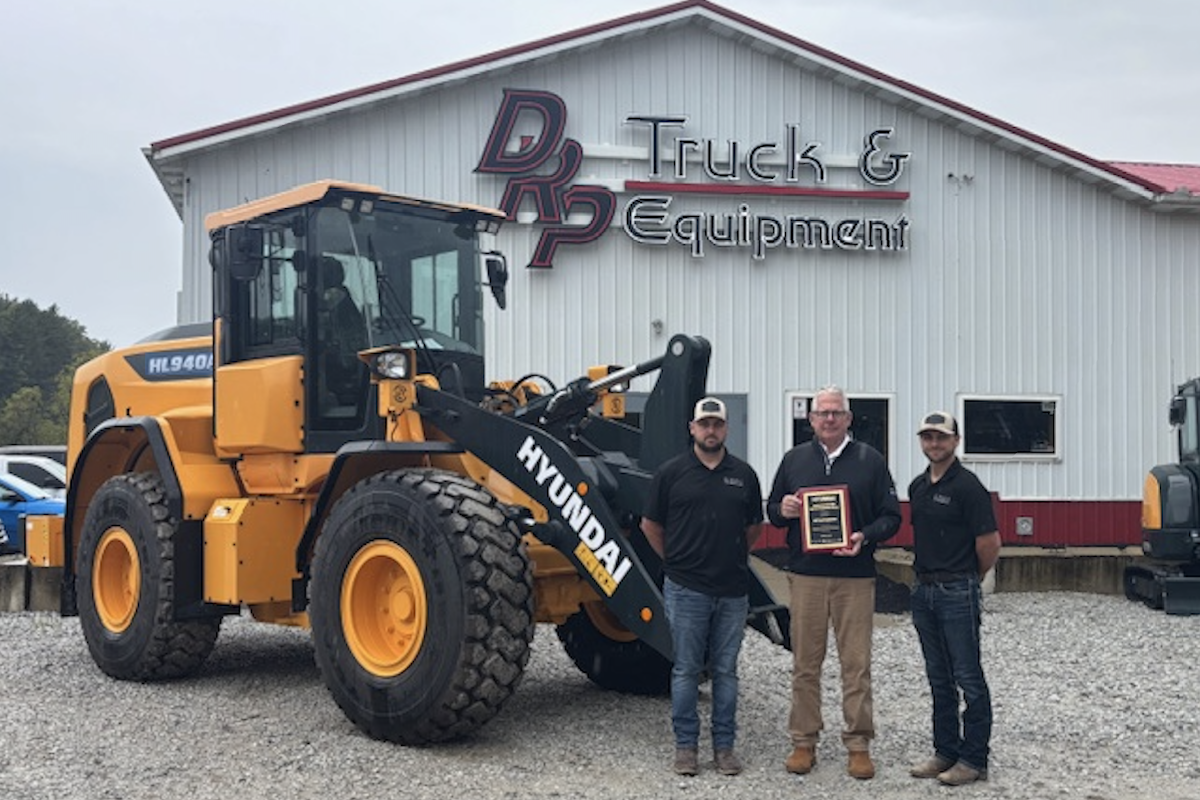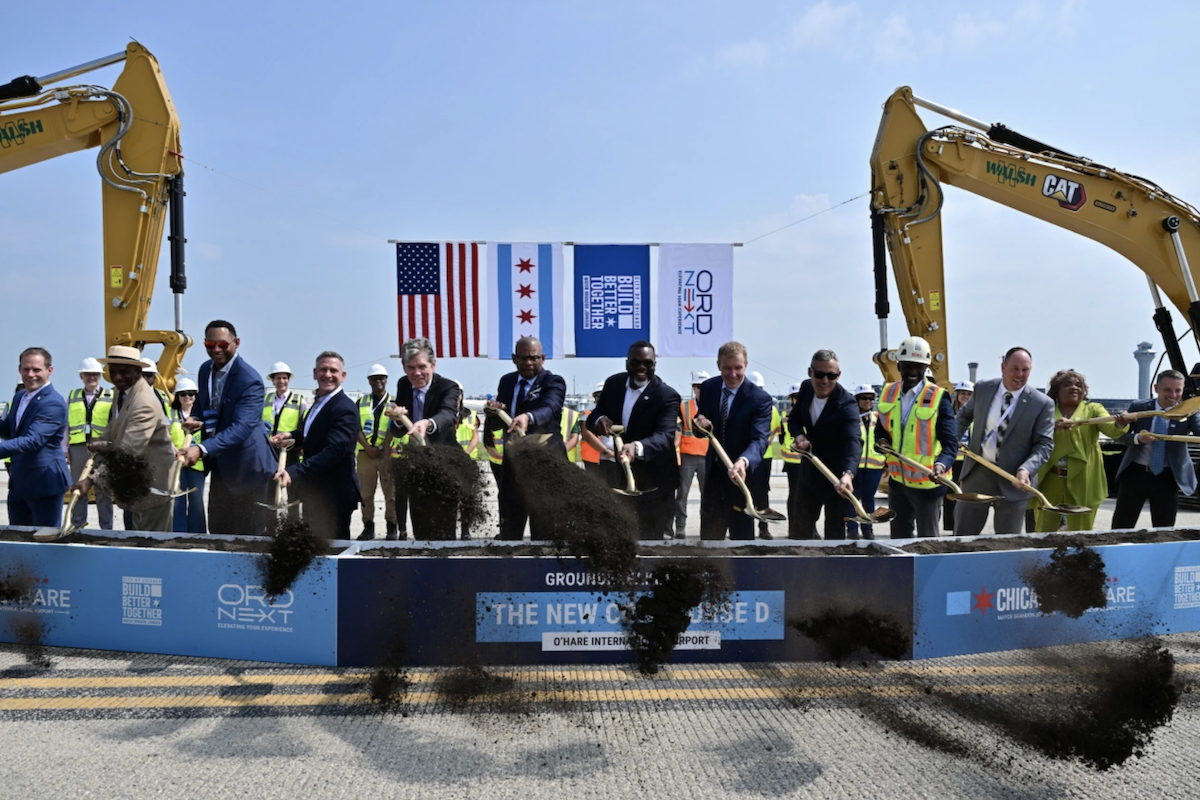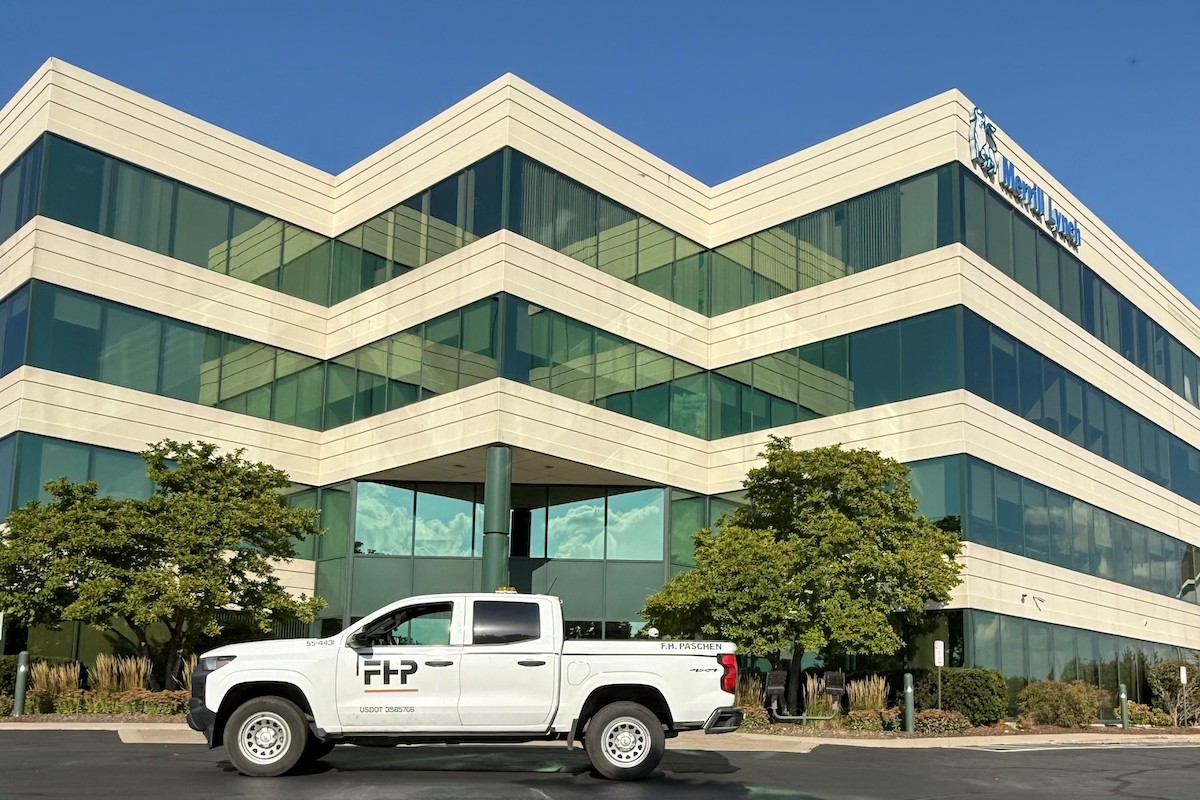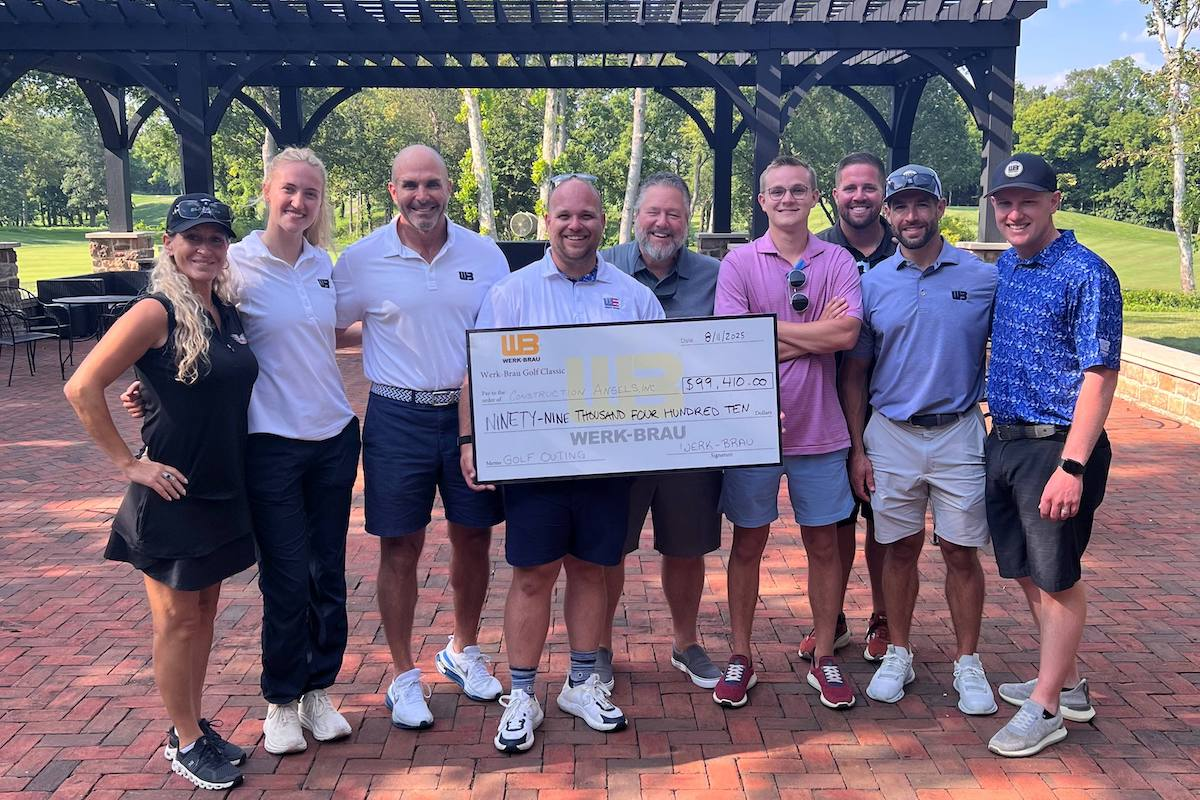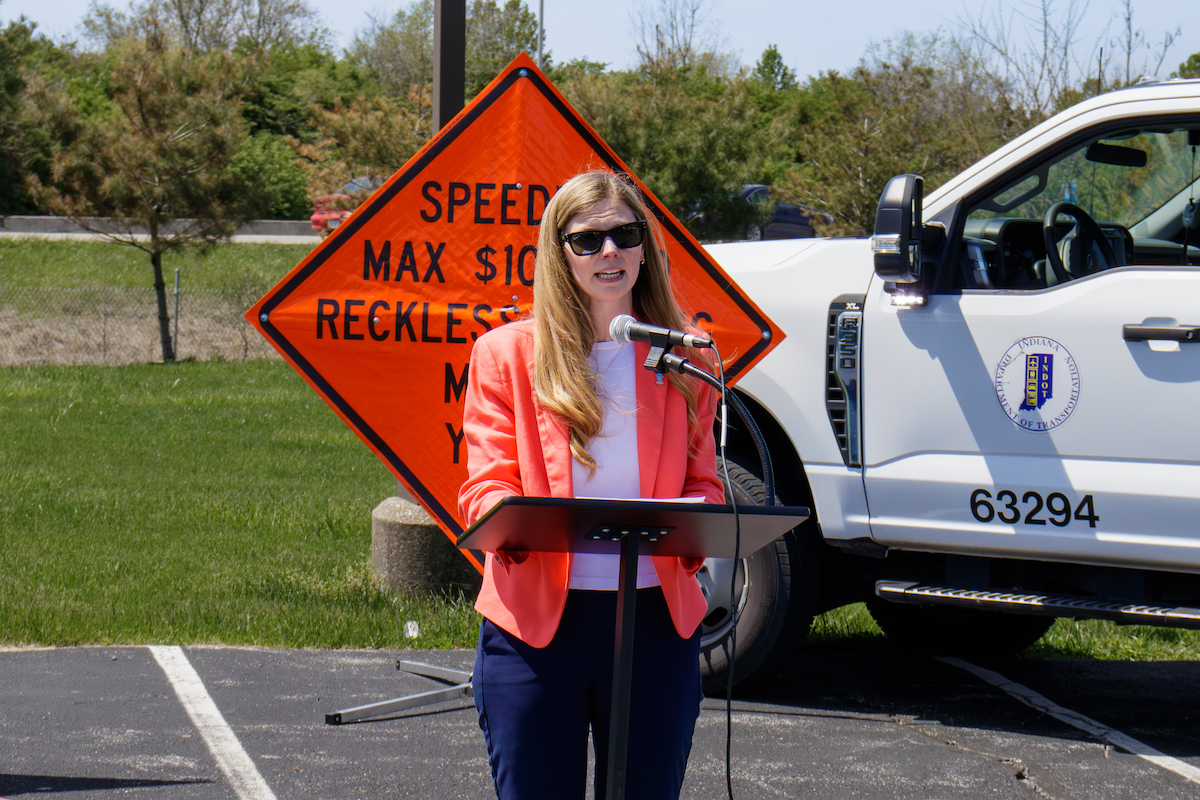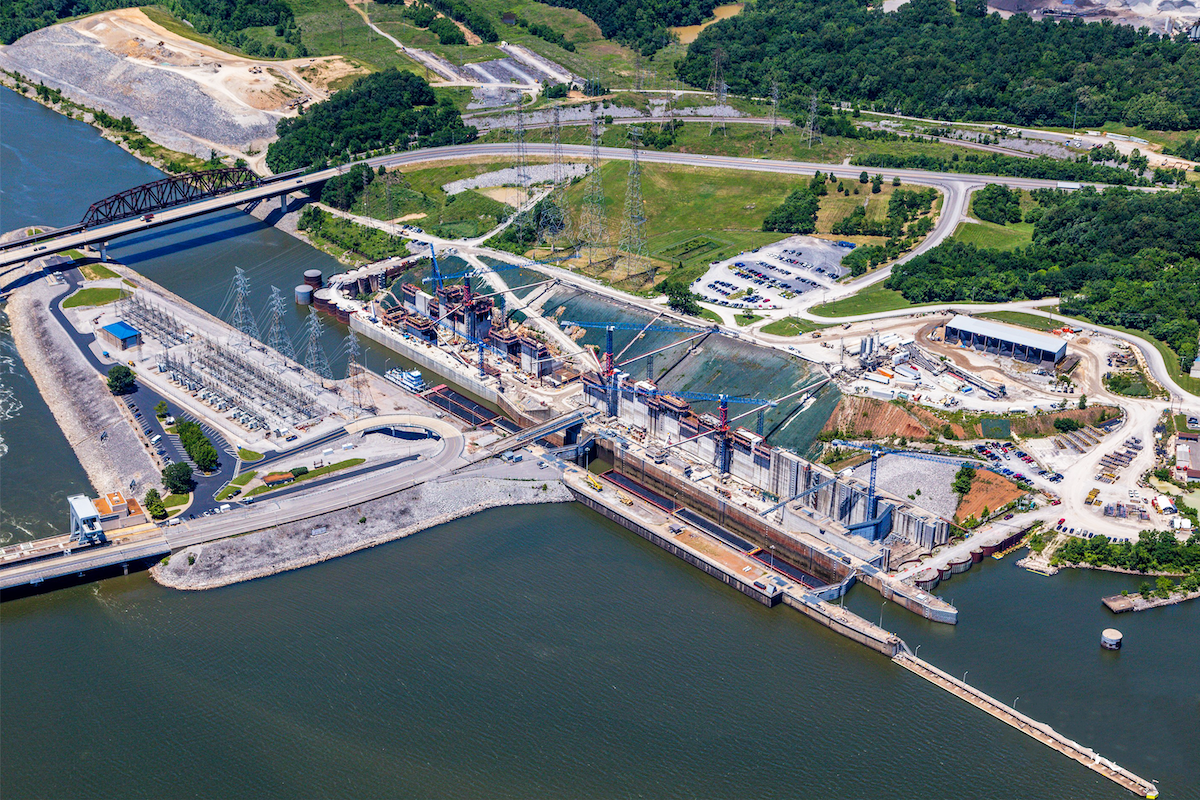Although the pavement is in decent condition, there are quite a few bumps and dips due to ground movement and older pipe repairs. “We’re trying to prevent further deterioration, and renew the driving surface,” says Chris Bliss, a Project Engineer with SDDOT serving as the state’s project manager on the job. The last asphalt resurface of this stretch of road was done 20-plus years ago.
The contractor on the project, Anderson Western, Inc., has completed many large paving projects for the SDDOT. In business since 1992, Bliss described them as a high-volume operation that can put out a lot of material quickly. “They’ve done a good job on projects in the past, and we’re happy to work with them.”
Another significant element of the project is pipework. The project will touch over 100 pipes in various states of need, from minor damage to complete replacement. No surprise, since these drainage pipes are over 50 years old.
The final element of the project involves widening the shoulder 4 feet on each side along approximately 60 percent of the route. The full-depth reclamation work on the shoulders will turn the gravel shoulders into partially paved shoulders, making the roadway safer and easier to maintain.

| Your local Komatsu America Corp dealer |
|---|
| Brandeis Machinery |
Between work on the pipes and the paved shoulders, drainage will be improved.
The CIPP process involves cleaning the pipe with high-pressure equipment and then putting a plastic sleeve through the pipe to help facilitate pulling the fiberglass liner through the pipe. Once the liner is in the pipe, it is lightly inflated until it fits the pipe. Ultraviolet light is activated to cure the liner, ensuring it’s the same shape as the pipe.
The liner is designed to be a standalone pipe, and once installed, it restores the designed flow capability. "It’s a wonderful tool to rehab old pipe and effectively make them new,” Bliss says. The fact that there is no excavation needed makes this method more cost effective, less time consuming, and environmentally friendly and there is no waste disposal needed. Pipes can be repaired underground with no damage to asphalt, concrete, or landscaping above.
Other pipes are being preserved via a gabion basket to prevent erosion at the pipe end. A gabion basket is a welded wire cage filled with rocks, and Bliss says it’s a simple improvement for the end pipe. The existing pipe end is removed and the gabion baskets are installed level with the bottom of the pipe end, extending slightly under the end and out into the eroded area. The pipe end is reset if it is in good condition or replaced if needed.
An excessively wet spring and an increase in the number of pipes that needed attention were only two of the challenges the team had to work through. The other challenge was more concrete deterioration than expected.

| Your local Sennebogen LLC dealer |
|---|
| Brandeis Machinery |
Alkali and sulphates which break down the concrete pipes are in the soil, according to Bliss. Moving forward, “We are using concrete pipes that are designed for that type of soil and rehabilitating deteriorated pipe with cure-in-place liners.”
Despite these issues, Anderson Western was able to complete all of the pipe work in phase one on time. However, phase two, originally expected to begin in mid-August, had to be pushed back to mid-September.
Anderson Western completed one lane of approximately 3 miles of paving each day. The next day they paved the other side of the road. This allowed the road to remain open to traffic and kept delays to a maximum of 15 minutes. Due to South Dakota’s limited asphalt paving season, work won’t be complete until next spring.
Even with all these factors, the project is only projected to increase by $500,000 over the budgeted $15.3 million. Project funding is made up of federal grants (82 percent) and state government investment (18 percent).

















